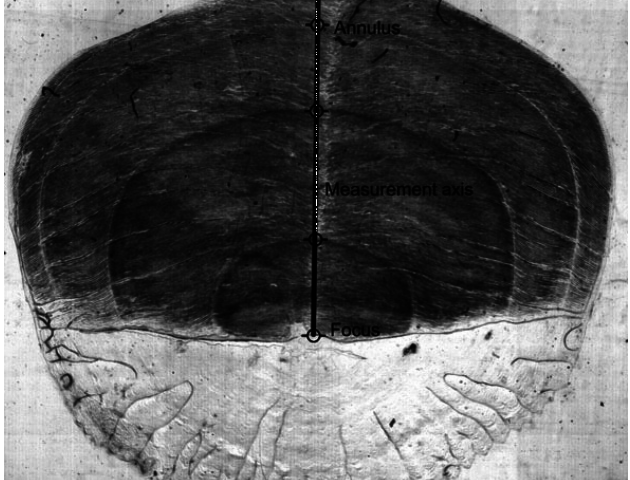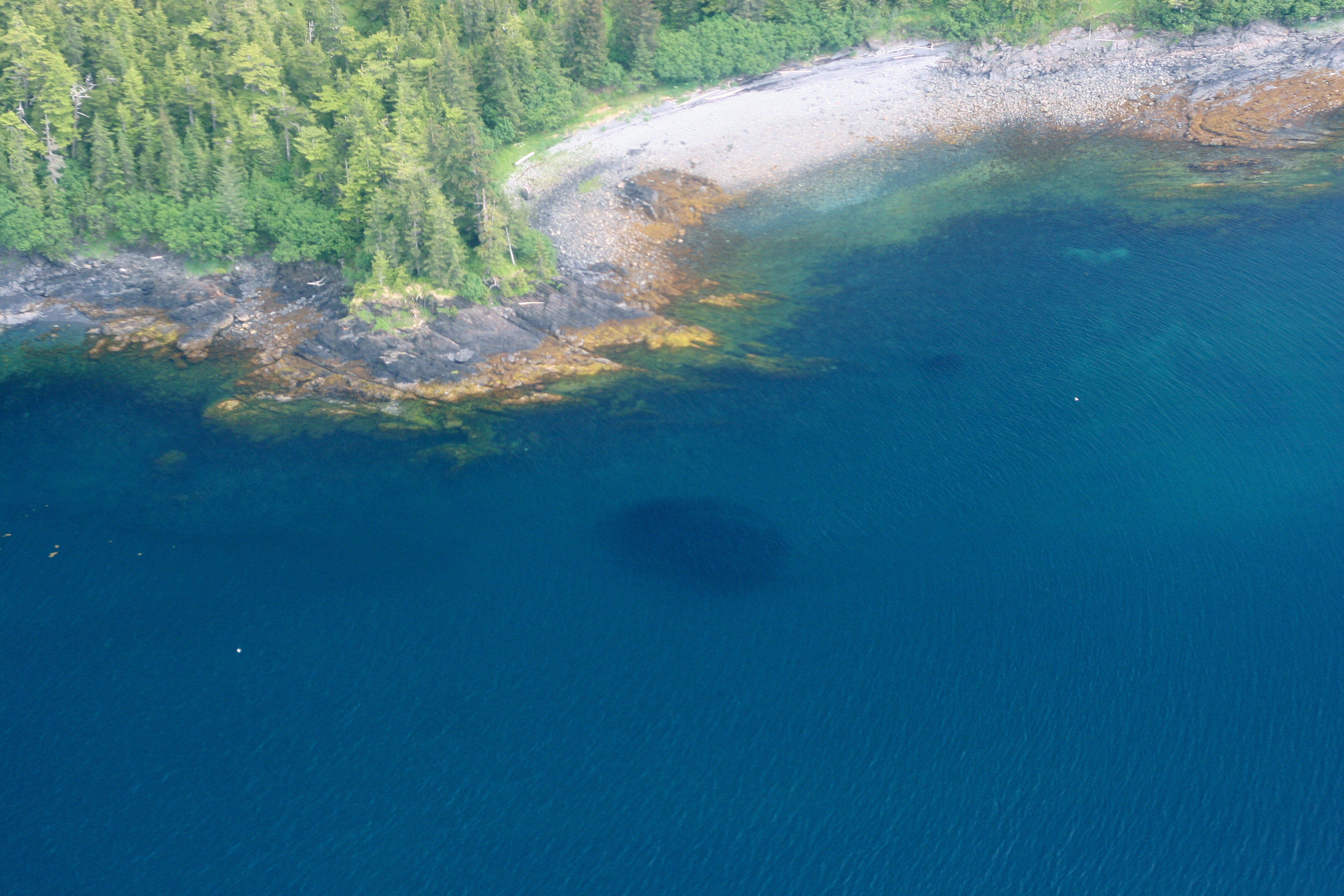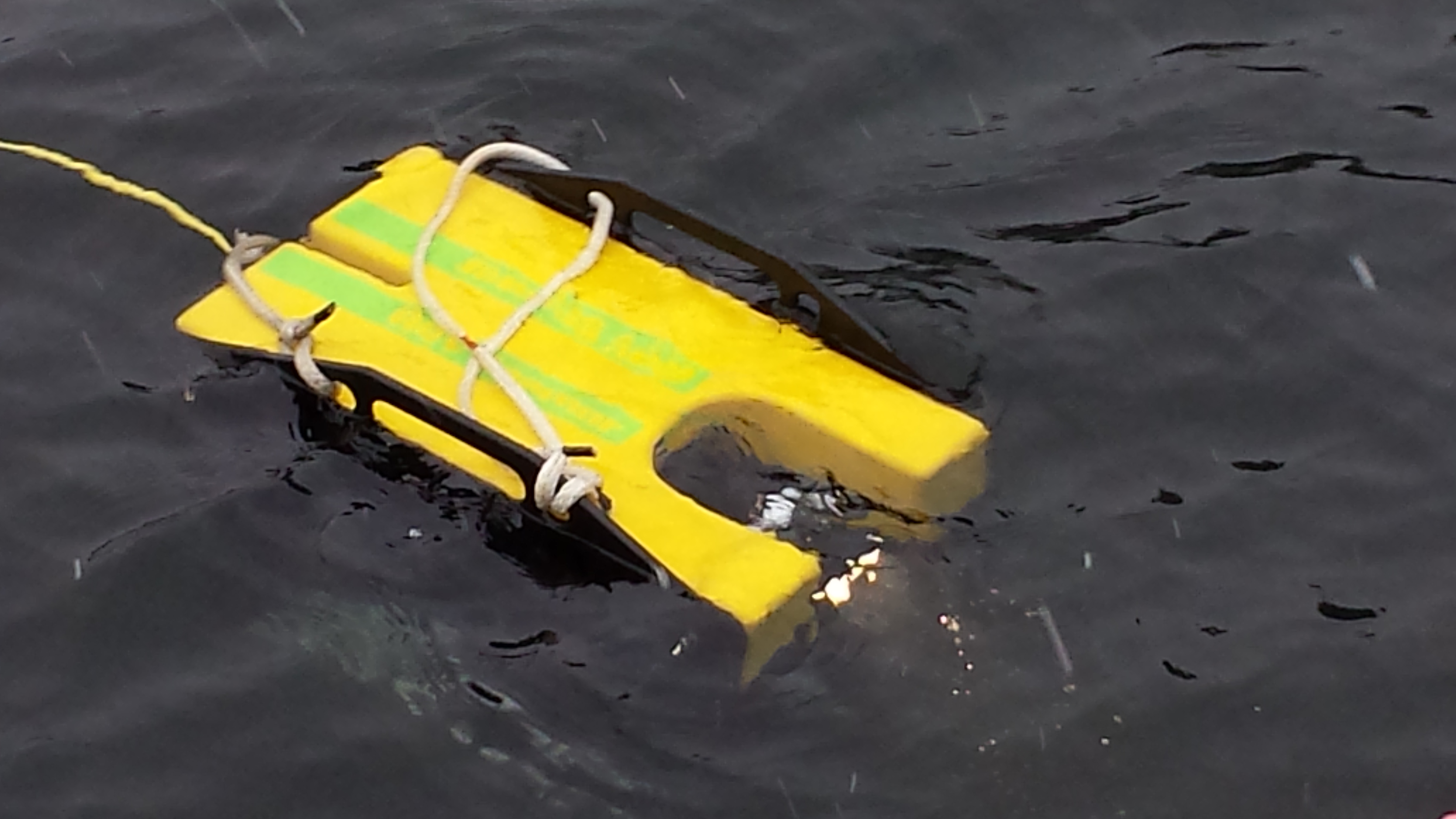Scales as growth history records

PROJECT
SCALE AS GROWTH HISTORY RECORD
Background
Very few records extend back in time, but there is at least one historical record that can help us understand conditions in the past. The Alaska Department of Fish and Game preserved scales from herring samples since the 1970s. By reading the scales like tree rings, it is possible to examine the changes in growth over time.
Methods
A total of 7,270 Pacific herring scales were imaged and measured. From the archive, sixty scales were selected from each year (1982-2018) for each of three ages of fish (four, five, and six). The sixty scales from each age group were split, half from males and half from females. Pictures were taken of the scales, and the images were examined to ensure the scale was of sufficient quality to age and measure. The annual growth increments were measured using image analysis software. The analysis included quality control tests, and assessing measurement precision. The growth rates were then regressed against various environmental factors to determine what may have influenced growth (Batten et al., 2016).
What we learned
Growth in the first year of life was larger with greater diatom abundance, zooplankton abundance, and summer water temperature. Warmer waters may have influenced metabolic rates in the herring leading to greater growth. Diatoms contain essential fatty acids needed for growth, which led to the observed relationship between growth and diatoms. Herring eat zooplankton, but this was the weakest of the three relationships. This implies that food quality was more important than food quantity for first-year growth. More information on this research can be found in Batten et al. (2016).
PRINCIPAL INVESTIGATOR
Steve Moffitt, Ph.D.ADF&G
steve.moffitt@alaska.gov




